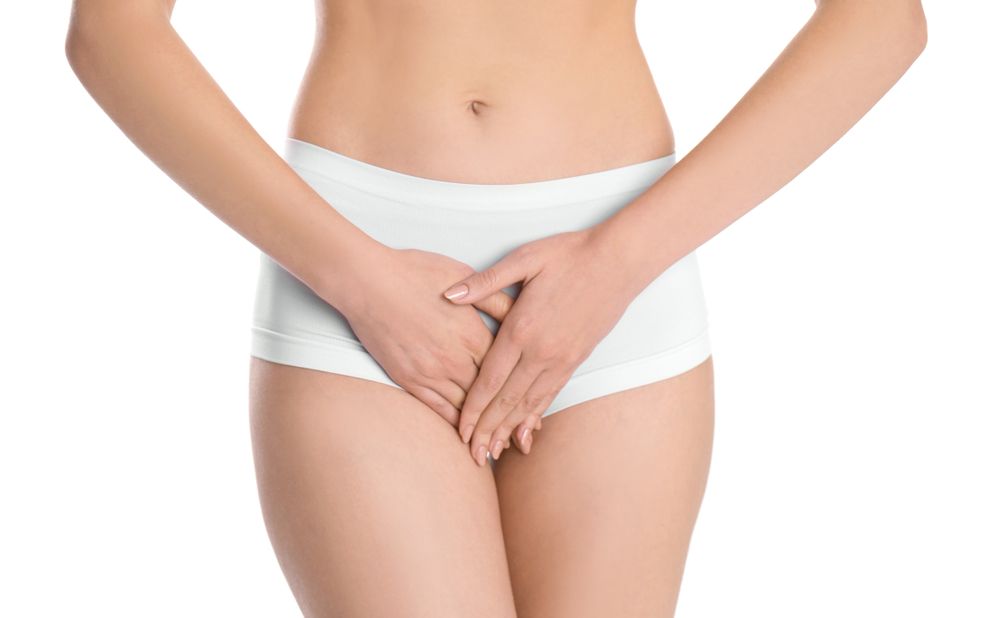Treating genitourinary syndrome of menopause with laser therapy
CO2 laser therapy improved GSM in this retrospective study.
©New_Africa/shutterstock.com

Microablative fractional CO2 laser therapy for management of genitourinary syndrome of menopause (GSM) achieved a statistically significant improvement in all GSM symptoms, including the 10-cm visual analog scale (VAS), according to a study in the journal Menopause.
Study data were from 2 previously published prospective observational trials assessing the efficacy of CO2 laser therapy in postmenopausal women with moderate-to-severe GSM symptoms.
The retrospective study divided 94 women into 1 of 3 monthly laser treatment protocols: 3 sessions (n=35), 4 sessions (n=34) or 5 sessions (n=24).
The level of applied laser power in the vaginal canal was not a consideration for exclusion because it has been previously demonstrated that there is no difference in safety and efficacy between 30 watts and 40 watts of power.
GSM symptoms were evaluated at baseline and 1, 3, 6 and 12 months after the final laser treatment.
The intensity or bother of symptoms and parameters of sexual function were assessed by five measurements: VAS; the International Consultation on Incontinence Questionnaires-Female Urinary Tract Symptoms (ICIQ-FLUTS); the International Consultation on Incontinence Questionnaires-Urinary Incontinence Short Form (ICIQ-UI SF); the Urogenital Distress Inventory-6 (UDI-6); and the Female Sexual Function Index (FSFI).
Based on VAS (with 0 being absence of symptoms and a score ≥ 8 being severe symptom intensity), the intensity of dyspareunia and dryness decreased from a median 9 and 8 at baseline to 0 and 0 at 1 month after the final laser session, respectively.
In addition, FSFI (a score ≥ 26.55 representing normal sexual function) rose from 10.8 to 27.8 at 1 month after final treatment, whereas frequency of sexual intercourse increased from 1 to 4.
All women who had stopped sexual intercourse due to severity of GSM symptoms resumed their sexual activity by 1-month follow-up and sexual activity was maintained through 12 months of follow-up.
Further, at any follow-up point, dyspareunia was moderately or strongly negatively correlated to frequency of sexual intercourse.
The investigators, led by Stavros Athanasiou, MD, of the Urogynecology Unit, lst Department of Obstetrics and Gynecology, “Alexandra” Hospital, University of Athens in Greece, observed that the positive laser effect remained unchanged through 12 months of follow-up and that the same pattern existed for symptom-free rates.
At 1-month follow-up after completing 4 versus 3 laser sessions, however, the longer protocol showed significant improvements in dyspareunia, dryness, itching/burning, desire, lubrication, orgasm, pain, total FSFI score and ICIQ-FLUTS.
Results at 1-month follow-up also significantly favored 5 laser treatments compared to 3 for dyspareunia, dryness, desire, total FSFI score, ICIQ-FLUTS, ICIQ-UI SF and UDI-6.
Similarly, follow-up at 12 months showed significant improvement with 4 versus 3 laser sessions for dyspareunia, dryness, desire, lubrication, orgasm, pain, total FSFI score and ICIQ-UI SF.
Likewise, at 12-month follow-up, the study significantly favored 5 laser sessions over 3 for dryness, desire, ICIQ-FLUTS and ICIQ-UI SF.
But there were no differences detected between 4 and 5 laser sessions.
“Symptom intensity 1 month after last laser therapy may be indicative of GSM symptoms intensity at 12 months,” the authors wrote. They also noted that 1 month after the third laser session is the critical window to decide whether additional laser sessions should be scheduled.
Rising endometriosis rates linked to increased pregnancy complications
May 19th 2024A new study presented at the 2024 ACOG meeting reveals a significant rise in endometriosis among pregnant women over the past 20 years, linking the condition to increased obstetric and neonatal complications.
Read More
Laparoscopic RFA linked to enhanced pregnancy outcomes in uterine fibroid patients
May 18th 2024A recent study presented at the 2024 ACOG Clinical and Scientific Meeting reveals that laparoscopic radiofrequency ablation significantly improves pregnancy outcomes for women with uterine leiomyomas.
Read More
